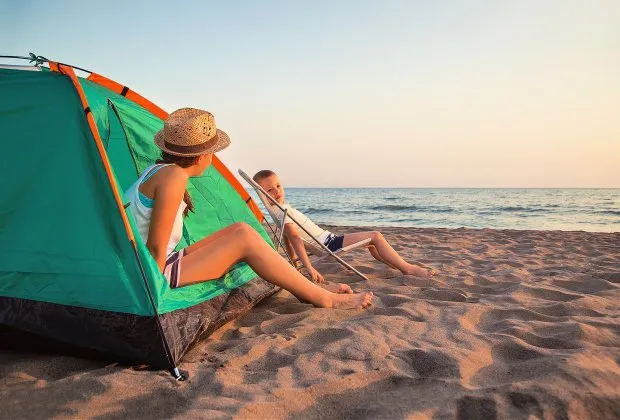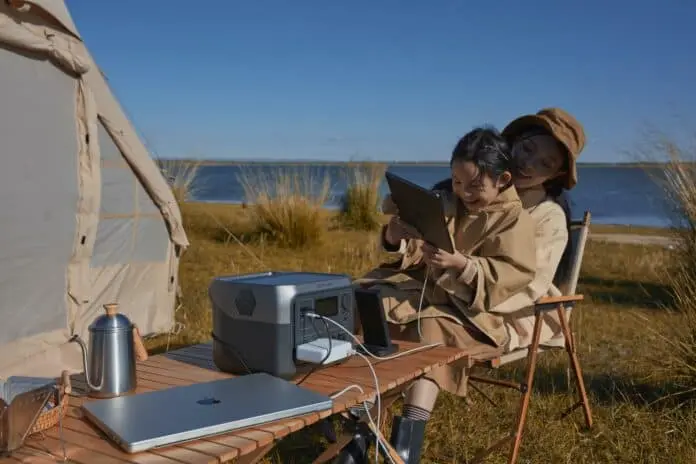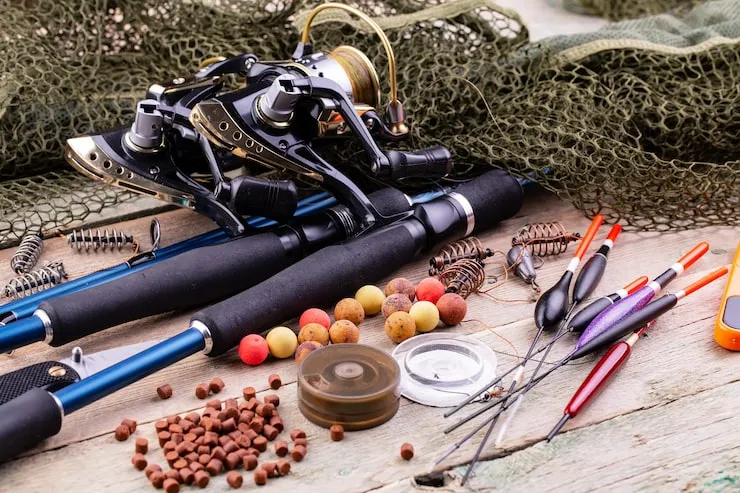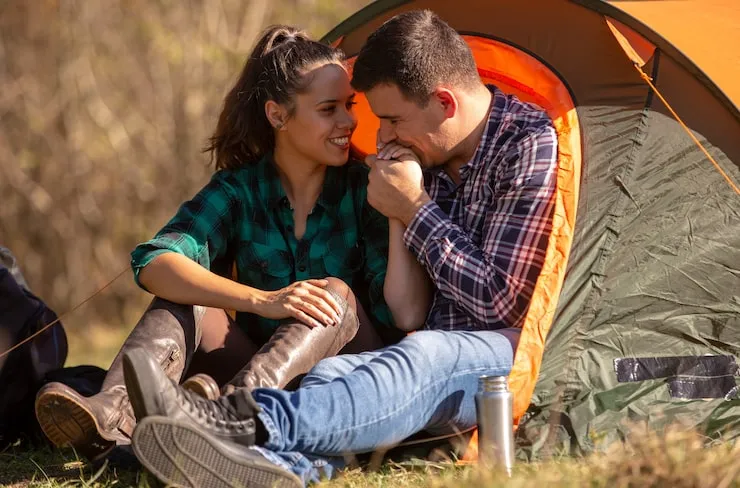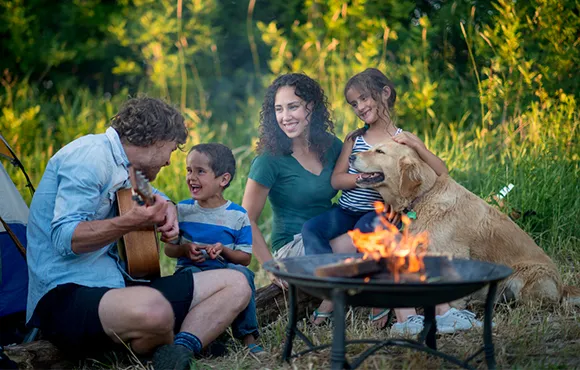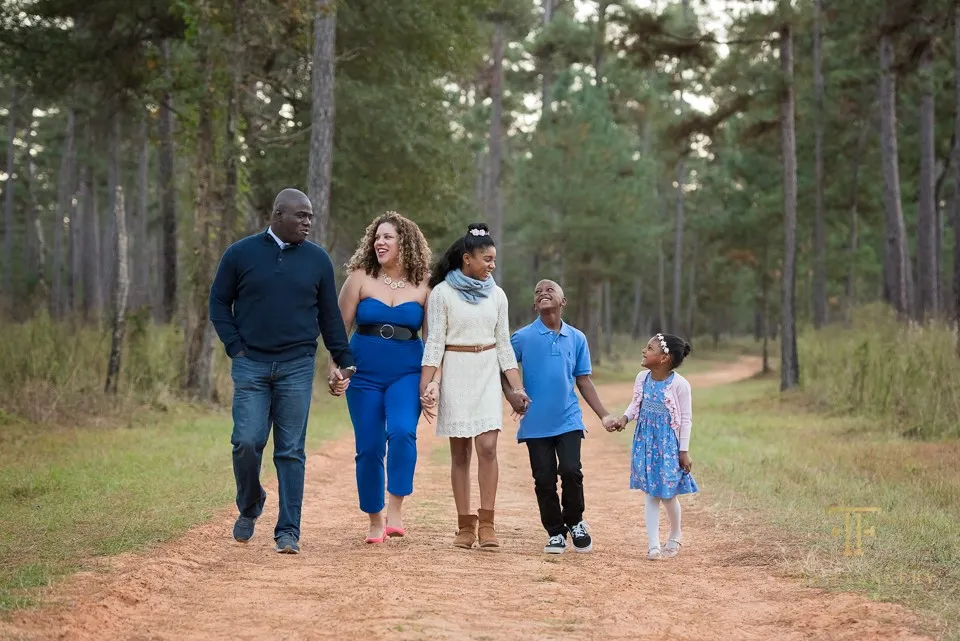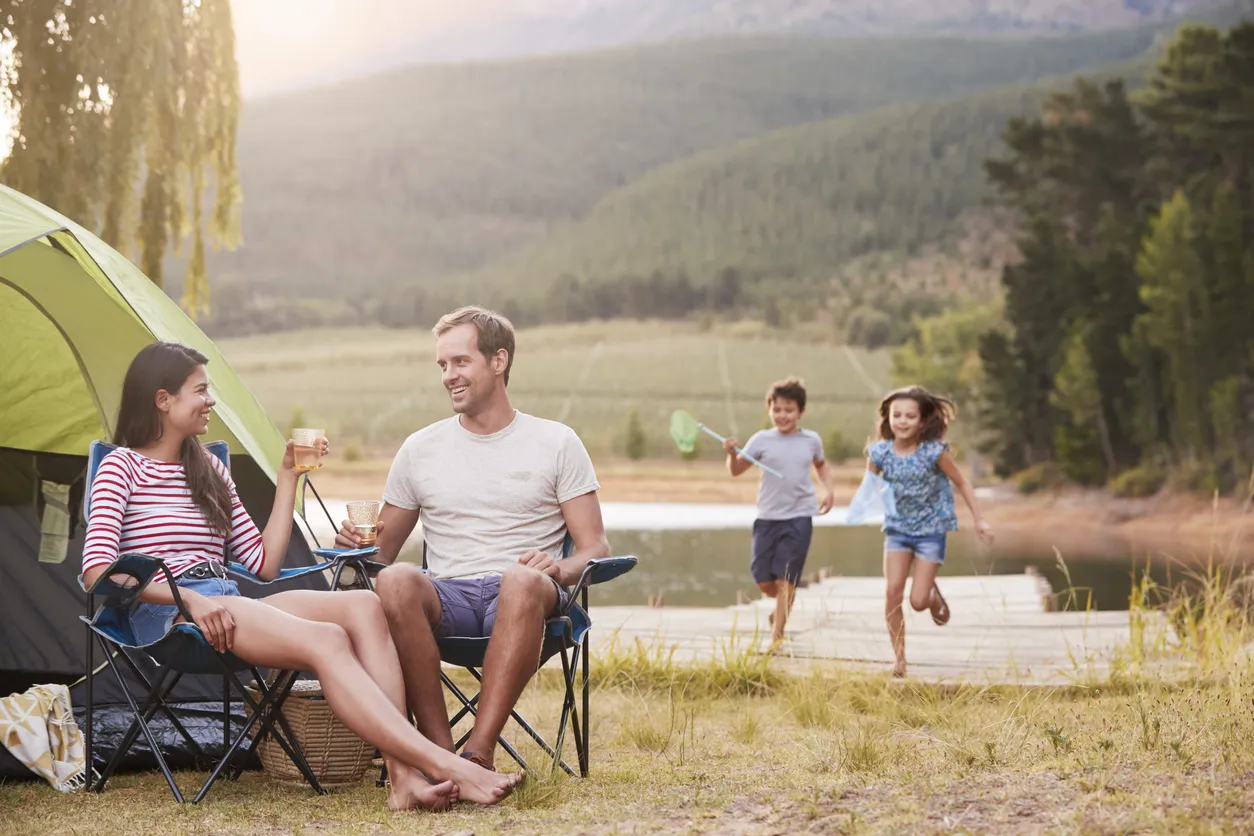Any time we can enjoy a comfortable day out on the water, it’s important to refresh ones self on the hazard of drowning. What to look for might be quite different from what you expect to see, especially as depicted in so many Hollywood movies.
Imagine a beach scene: in one area you see a boy waving his arms over his head, shouting and splashing, in another, you see a young girl in a small group of kids nearby. She appears to be quietly treading the water, arms on the surface, no frantic motions. Which one might very well be in serious trouble?
The process of drowning is typically quiet and subdued. No arms waving frantically overhead or body thrashing wildly, no screaming or yelling. A drowning victim typically cannot scream or yell as their body is in survival mode. They will be gasping for air, their mouths right at the surface and their heads possibly tilted way back. Their arms will be pushing down onto the water for support.
Don’t let loud, boisterous splashing detract you from the lone, passive, immobile swimmer – in this scenario, the girl might very well be your drowning victim.
The best safeguards to minimize potential drowning is prevention: barriers or roped-off areas to restrict and/or control access to water (fences around pools, designated swimming areas, constant supervision, etc.) and to have rescue devices (life ring buoys, rescue boards, rope) handy. Outside of specific swimming activities, always make wearing a life jacket/PFD an on-water requirement. Adults need to set that good example, too!
If you find yourself in a situation where you can possibly rescue someone, it’s critical to get some form of floatation (seat cushions, even a small, empty ice cooler) to the victim—not only for their aid but for your safety as well. Always keep the flotation device between you and the victim as they will attempt to crawl up anything that’s near, including their potential rescuer. Professionals are trained to deal with clinging victims, but as a novice rescuer, you could be pulled under as they try to climb on top of you.
Another good way to help create a safe swimming environment is to initiate the Buddy System. Have kids team up into twos and then count off in pairs (“one-one”,“two-two”,etc.) That’s their Buddy System number. Every 10-15 minutes, use a whistle to announce a “Buddy Check” drill. It’s up to each pair to find the other and then, on the lifeguard’s command, shout out their numbers in order. It’s one way to encourage them watch out for each other.
It’s definitely an eyeful of responsibility to keep track of every swimmer in a group setting. Even when you are casually watching just a few relatives or friends relaxing in the water, be aware of the subtle signs of someone drowning…


